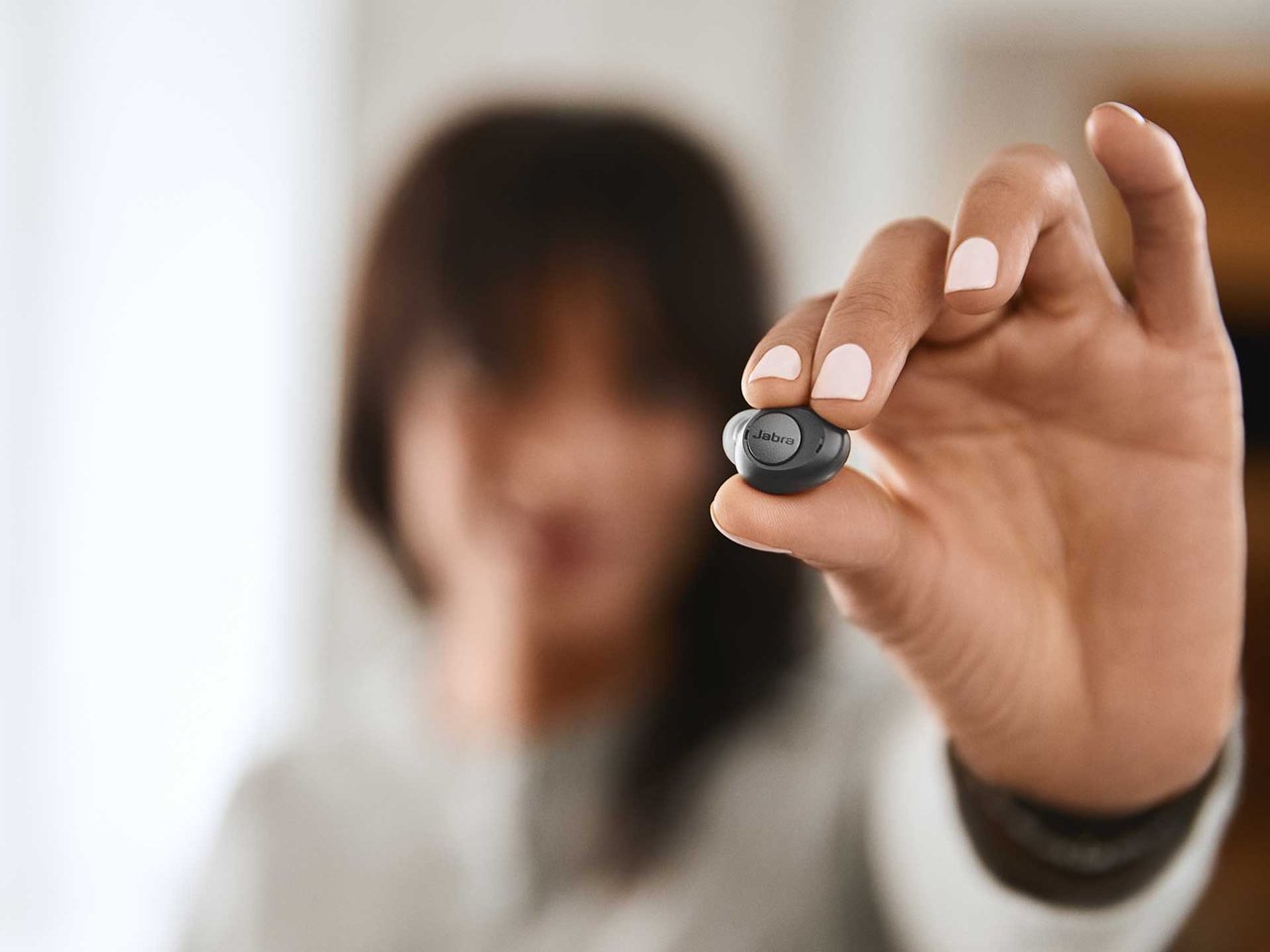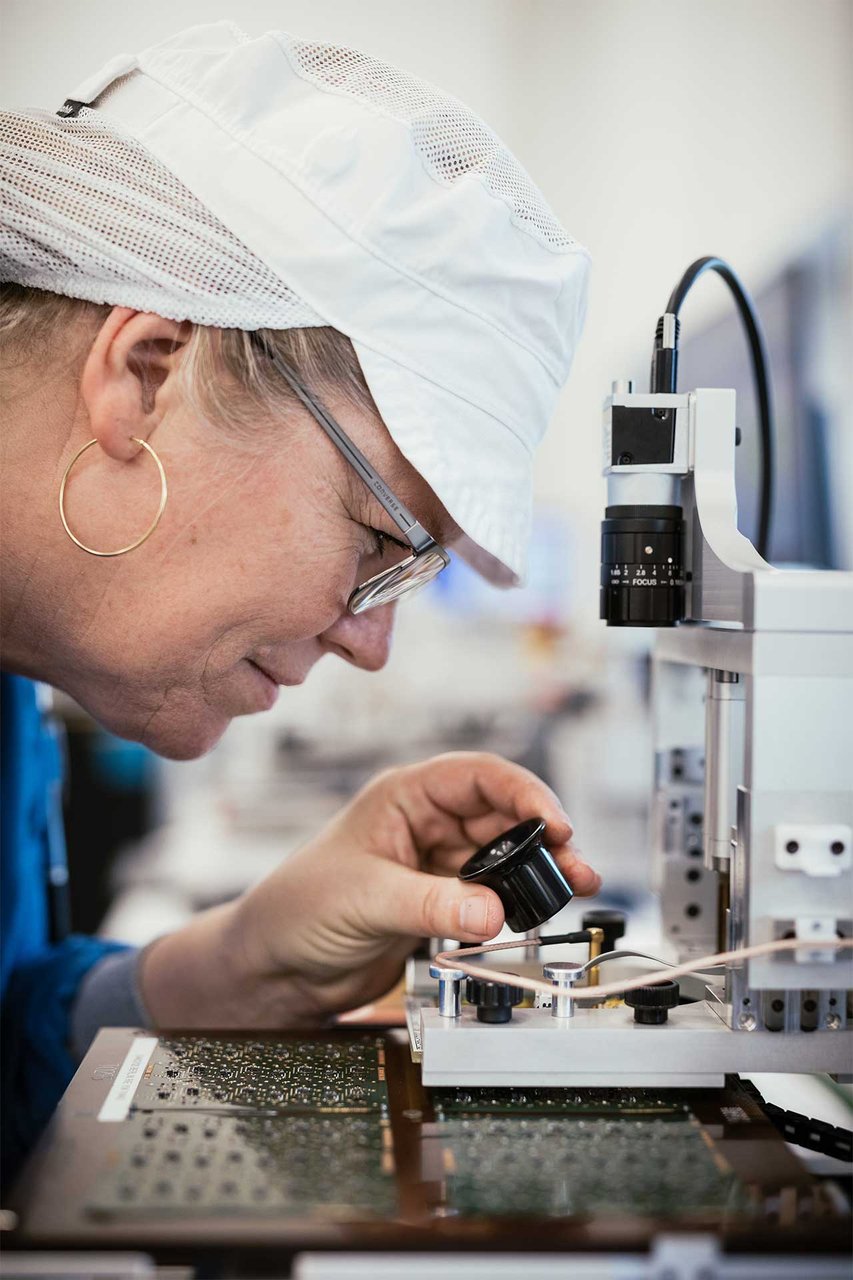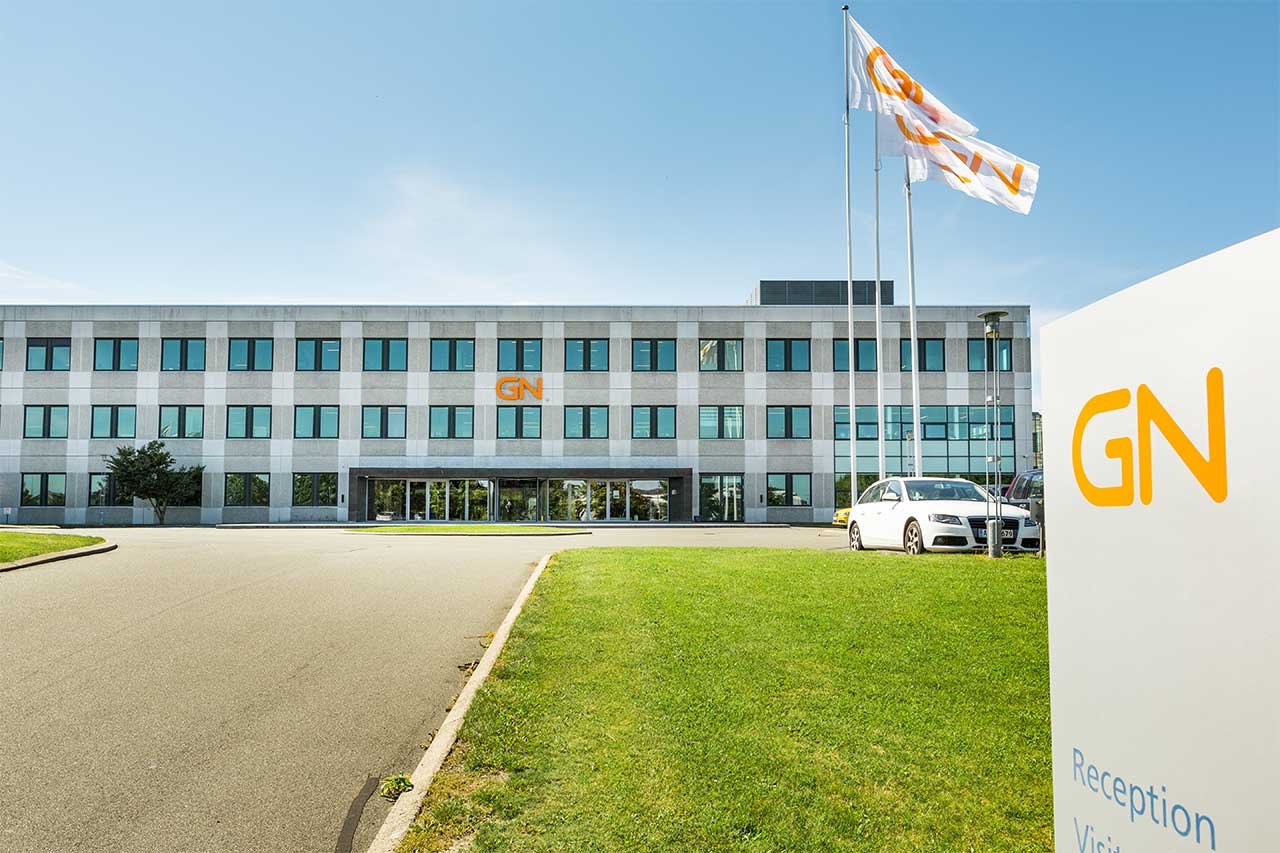GN utilizes machine learning to analyze customer feedback
Case: GN
This enables them to answer a very valuable question – what the users think about their products.

Turning customer feedback into data
In their more than 150-year old history, GN has produced some of the most innovative audio solutions in the world. This is the expertise they currently use in their Audio department to produce the popular Jabra headsets.
But how can you use data to further improve your products? That is the question Søren Christensen asked himself and his team back in 2018. He is currently Head of Data and Analytics at GN Group, but was at the time head of GN Audio’s Customer Quality department.
He wanted a solution that could provide systematic insight into what for many companies is an absolutely essential question: What do our users think about our products? Because the users’ reception is crucial to GN Audio’s success and has a direct impact on the sales of their products.
GN Audio chose to use a different data source in the form of customer feedback from the major international retailers, Amazon and BestBuy. Here was a lot of useful data on exactly that question.

Structuring unstructured data
The challenge with customer feedback is, of course, that it is text. This means unstructured data that can’t just be picked up and analyzed.
Therefore, GN started to manually copy/paste feedback and scores of their Jabra products. A number of categories were defined such as battery, connectivity and sound experience, and for each of these categories, GN’s employees decided whether it was negative or positive feedback.
Reporting was done on this analysis so that relevant end-users could see how the products performed and on what categories there was room for improvement. The solution worked and was used by the business, but GN wanted a better and less resource-intensive solution:
“The obvious challenge of processing customer feedback in this way is that it was very resource-intensive. We had a full-time position to handle and process data from customer feedback. At the same time, we had an increasing need to use the feedback on several of our own and competing products, and it would be unmanageable to handle it all manually,” Søren Christensen says.
Automated analysis of customer feedback
Therefore, GN Audio started looking at how they could automate the process so that they could process more data while saving resources.
This is where the partnership with Kapacity began. After a series of initial PoCs (Proof of Concepts), where different solutions were tested, Kapacity in collaboration with GN Audio came up with a machine learning model that with high probability could determine whether a text was positive or negative from the predefined categories.
The model was put into production in Microsoft Azure and has since 2019 analyzed customer feedback for GN Audio.
GN Audio uses customer feedback analysis for the following:
Monitoring products that are already in the market:
What do users think about the current products? Are there categories where the product has a low score and adjustments or improvements need to be made to the product?
Feedback for future product development:
How can the products of the future be improved based on what users think about current products?
Competitor analysis:
Competing products are run through the same machine learning framework which gives GN Audio a broader understanding of the market. Is a low score within a category specific to their product, or is it a general challenge for similar products in the market?
"It’s actually exactly the same exercise we do today that we did when we manually handled customer feedback. Now it’s just an algorithm that does the work for us. And the big advantage of that is that it can handle significantly more data so we can expand the number of products we can process. At the same time, we have saved a full-time position that previously processed this data."
Søren Christensen, Head of Data and Analytics in GN Group
Technically speaking: This is how the solution works
GN extracts feedback from Amazon and Best Buy on a daily basis. The feedback is analyzed sentence by sentence in a machine learning model that has learned the patterns in data with the purpose of sorting the text into 16 different performance categories and assessing whether the text is positive, neutral or negative.
The machine learning model is built in Python and put into production in Microsoft’s Azure cloud environment with Kapacity’s best practice framework for deployment of batch ML models..
Azure DevOps is used to set up CI/CD pipelines and infrastructure-as-code with the aim of making it easy to update the application code, while the deployment framework keeps track of the deployment pipeline and ensures code testing and release for production.
As GN Audio manually validated more reviews, more and more data was created that the machine learning model could learn from. Therefore, a retraining pipeline was created which made GN able to train the model again and again on new data.
Last year, GN built on the model and decided to switch to Google’s new open source BERT algorithm, which performed better in tests. The basic architecture of the model is the same and data is still in Microsoft Azure.
Do you want to do something similar in your business?
Here is Søren Christensen’s advice
Søren Christensen has been very satisfied with the process of introducing machine learning in his department. He believes this is largely due to the fact that GN Audio had a clear idea of what the end result should look like and what they needed to do to get there.
Søren Christensen has been happy to get Kapacity on board to implement the project.
“Throughout the process with Kapacity, there was a good dialogue, and Kapacity’s Data Scientist was very aware of the possible pitfalls and challenge. We felt that the focus was always on creating a good and functional end product rather than pushing a specific solution through,” Søren Christensen concludes.
Asked what he thinks is important for companies considering a similar machine learning project, he mentions three primary things:
-
Know what you are trying to achieve business-wise and what the output might look like
-
Make sure you have a good data foundation for your machine learning mode
-
If you do not already have good data governance, be sure to focus on this first
About GN
GN is a historic company founded by the great Danish industrial mogul C.F. Tietgen in 1869. Today, there are more than 6,000 employees worldwide, and their core business is divided into GN Hearing, which produces hearing aids, and GN Audio, which produces headsets for workplaces and consumers.
